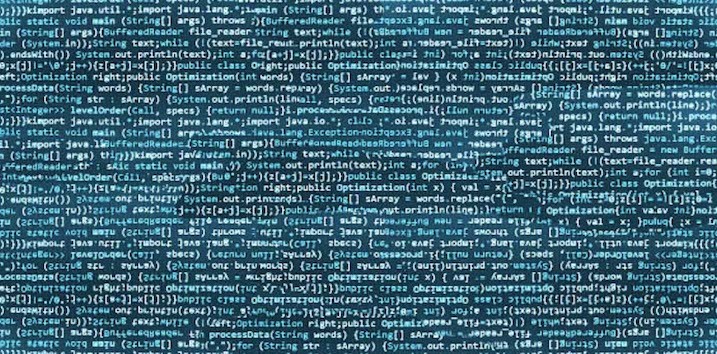
How Many Lines?
One of the cooler sites you can find on the interweb is David McCandless’ informationisbeautiful.net – a site aimed at using data visualisation and information design to convey interesting stories and ideas.
One thought-provoking example from the site is a visualisation of the number of lines of software code embodied in different applications and systems. As you might expect, the amount of code contained in different large systems varies widely, with the space shuttle (for example) coming in at the low end, with around four hundred thousand lines of code, while the DVD player in an Xbox accounts for around 5 million lines.
One of the big factors, of course, is time. Older systems tend to do what they do (or did) with relatively few lines of code, newer systems have had the opportunity (or the need) to develop at what seems an exponential rate. For example, a modern high-end car runs to around 100 million lines of code – a body of work that would take a single proficient coder close to 2000 years to complete, working 7 days a week. Even sophisticated machines like the F-22 Raptor fighter jet and the Mars Curiosity Rover pale in comparison.
Topping out the list is the code needed to power all the Google internet services – around 2 billion of them (and counting). If you were to print them all out, I estimate you’d have a stack of paper close to 2 kilometres high. Mind you, with Alphabet having a market capitalisation in the region of US$700 billion, you would want to feel that the business model is reasonably difficult to replicate.
The prize for the greatest market value per line of code? Probably Facebook, with around 450 billion of the former, and 60-odd million of the latter.
The Montgomery Global Funds own shares in Google and Facebook. This article was prepared 11 April 2018 with the information we have today, and our view may change. It does not constitute formal advice or professional investment advice. If you wish to trade Google or Facebook you should seek financial advice.
Zardoz
:
The other important factors are cost and reliability. Why does the space shuttle have fewer lines of code than a DVD player? Because high reliability requirements and relative unconcern about cost means that many of its functions are implemented in hardware – electronics etc – rather than software. Dedicated electronics to fully implement and control a DVD player would send the cost of each device through the roof.